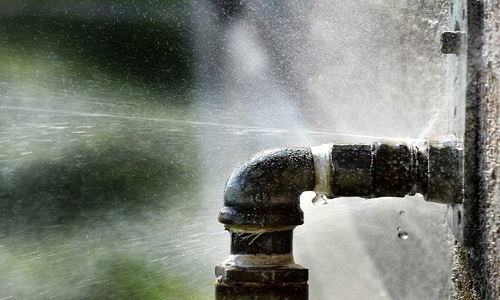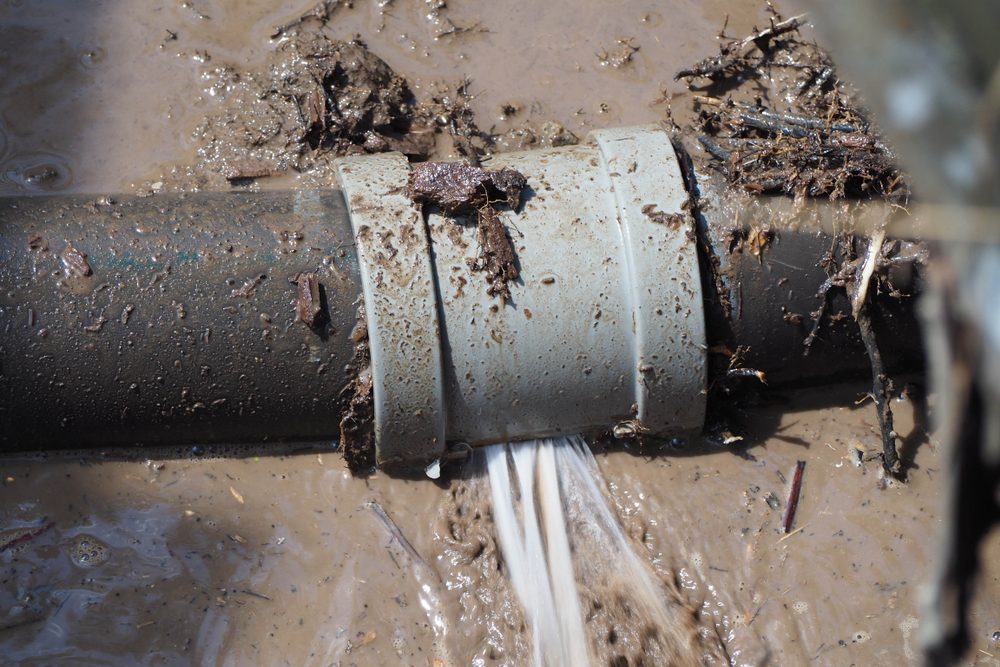Important Things You Should to Know About Septic Tank Maintenance
Important Things You Should to Know About Septic Tank Maintenance
Blog Article
We've unearthed this article pertaining to The Do’s And Don’ts After Water Damage directly below on the net and think it made sense to share it with you on my blog.

What should you do if a water pipeline ruptureds in your home, producing a mini-waterfall as well as flooding an area of your residence? The longer you wait, the extra extreme the water damages in your home. For these reasons, you need to discover what to in instance of a ruptured water pipe.
Shut Off the Main Waterline Shutoff
The first thing you need to do is close the shut-off valve. Look for the neighborhood shut-off shutoff to turn-off water in one certain area only. If you do not understand where the localized shut-off valve to the component is, you need to turn-off the primary waterline valve. This will certainly remove the water in your whole house. Generally, the primary valve is located outside the house beside the water meter. You can also locate it in the cellar at an eye-level or it could be in the First floor on the ground if it's not there. Generally, building contractors however the shut-off valve generally ground level washroom or ideal next to it.
Call Water Damages Remediation Pros for Aid
After closing the water resource, call the pros for help. With their expert assistance, you can alleviate worsening due to the fact that water can seep through your things resulting in distorted walls, loosened floor tiles, or damages framework.
Document the Damage For Insurance
As you are waiting for the pros to get here, record the damages created by the wayward pipeline. Remaining positive with this enables you to submit an insurance claim for protection, which will help you and your family obtain back on your feet.
Recover Points That Can Be Conserved
When you're done taking photos, browse the items and secure one of the most essential ones from the stack. Dry them off as well as try to preserve as much as you can. Drag them away from moisture so they can start to dry.
Beginning the Drying Refine
While waiting for the pros, you can start the drying out procedure. Luckily, water from your waterlines are clean so you don't have to worry about sewage system water. The moving water may have interrupted the dirt as well as debris in your carpets and also floorboards. Be prepared with gloves as you use pails to discard out the water. Blot out as much as you can with old towels. You can also activate an electrical fan or open home windows to advertise air flow. This will accelerate drying and hinder mold and mold growth.
Professionals are the just one qualified to deal with the burs pipes and succeeding damage. As well as remember, pipelines don't simply all of a sudden ruptured. You will generally see red flags like bubbling paint, unusual noises in the plumbing, mildewy odor, caving ceiling, peeling off wallpaper, or water discolorations. Take note of these points, so you can nip any problems in the bud.
What should you do if a water pipeline bursts in your home, developing a mini-waterfall and flooding a location of your residence? For these reasons, you require to discover what to in case of a burst water pipeline. After closing the water resource, call the pros for aid. With their expert assistance, you can minimize exacerbation because water can leak via your things resulting in warped baseboards, loosened floor tiles, or damage structure. Luckily, water from your waterlines are tidy so you do not have to worry regarding drain water.
BROKEN WATER PIPES: COST TO REPLACE & WAYS TO FIX A PIPE
CAUSES OF A BROKEN WATER PIPE
A water pipe can break for several reasons depending on the environment you live in, type of pipe, and circumstances.
The most common cause of broken pipes is freezing. If you live in a colder climate, this could happen. When water freezes it increases in volume by 9% and the pressure in the pipes can go from 40 psi to 40,000 psi. Clearly, this could be detrimental to the pipes. Water freezing causes quick expansion, which puts stress on the pipes and could lead them to crack or weaken. When water thaws, it will leak out the cracks. Other changes in water pressure can also cause breakage. Another common cause of broken water pipes is age.
Depending on the material, water pipes can last anywhere from 70-100 years. But the older they get, the more susceptible they are to weakening and corroding. Older pipes coming into contact with another material could speed up the corrosion process as well. PVC pipes can become brittle with age, while copper is prone to corrosion and stress over time. Something that could also potentially break water pipes is when they move. They may move from construction or the house settling. Moving can stress the fixed pipe which may lead to a leak or burst pipe.
HOW MUCH WATER COULD LEAK INTO YOUR HOUSE FROM A BROKEN PIPE?
The amount of water that leaks depend on how big the break in a pipe is. If it is just a minor crack, water will slowly leak out. This isn’t as serious as a full broken pipe, but it can still cause significant damage to your home. Burst pipes can leak up to 10 gallons of water per minute. The amount of water leaked also depends on what appliance is involved. The water line to your refrigerator can leak ½ to 1 gallon per minute depending on water pressure. One toilet supply line may leak 2-3 gallons a minute and a washing machine hose will leak up to 10-12 gallons per minute.
TURN THE WATER OFF
Doing this first is imperative; everything else can wait. You need to deactivate the water supply to stop the flow of water and prevent more water from leaking into your home. Shutting off the water could potentially save you thousands in water damage repairs. Locating the water shutoff valve depends on the climate you live in. For colder climates, the valves are usually inside, such as in the basement. For houses in milder weather, the shutoff valves will probably be outside—either attached to an exterior wall or in an underground box with a removable lid.
OPEN A FAUCET
The next thing to do is to open a faucet or turn on a sink. This will relieve any remaining water pressure in the pipes and ensure a full-shut down.
GET RID OF THE WATER
The quicker you get rid of the water, the less water damage and mold there could be. Use a mop and a shop vacuum to help get clean up the water. Use towels to dry everything the best you can.
CUT AND REMOVE THE DAMAGED PIPE
Once you have shut off the water and drained the damaged water pipe, you can begin to fix the issue. Cut out the damaged section of the pipe with a pipe cutter, ensuring that you also cut one inch extra on each side of the damage. Once you get rid of the broken part of the pipe, you may begin repairs.
https://www.wmhendersoninc.com/blog/broken-water-pipes-cost-to-replace-ways-to-fix-a-pipe/

I'm certainly very enthusiastic about Water Damage: Tips On What To Do When Your House Is Flooded and I hope you enjoyed the entire article. Sharing is caring. Who knows, you will be doing someone a favor. Many thanks for your time. Visit us again soon.
Report this page